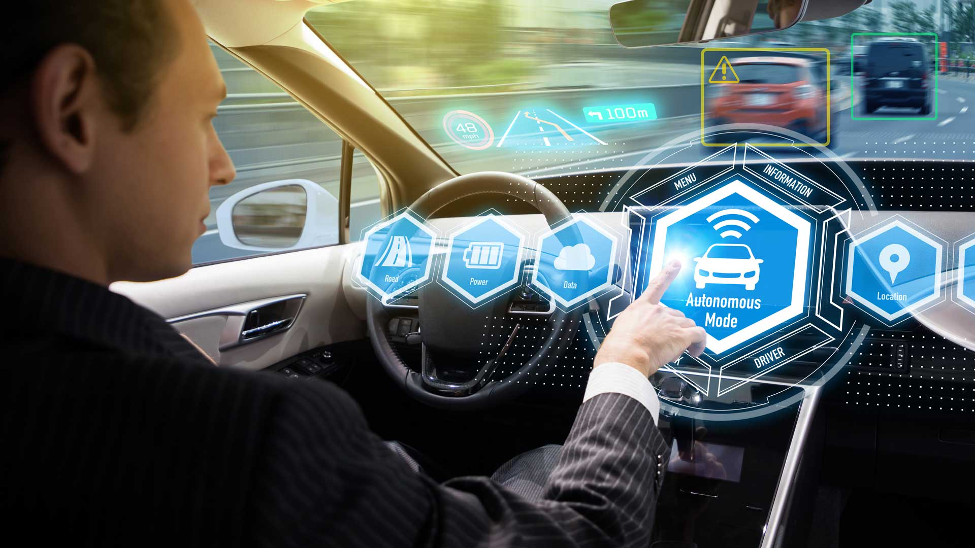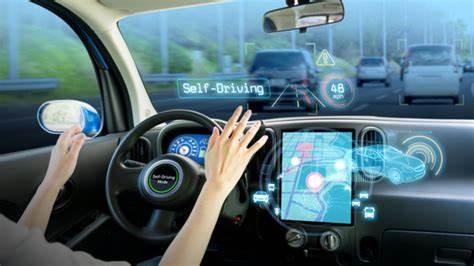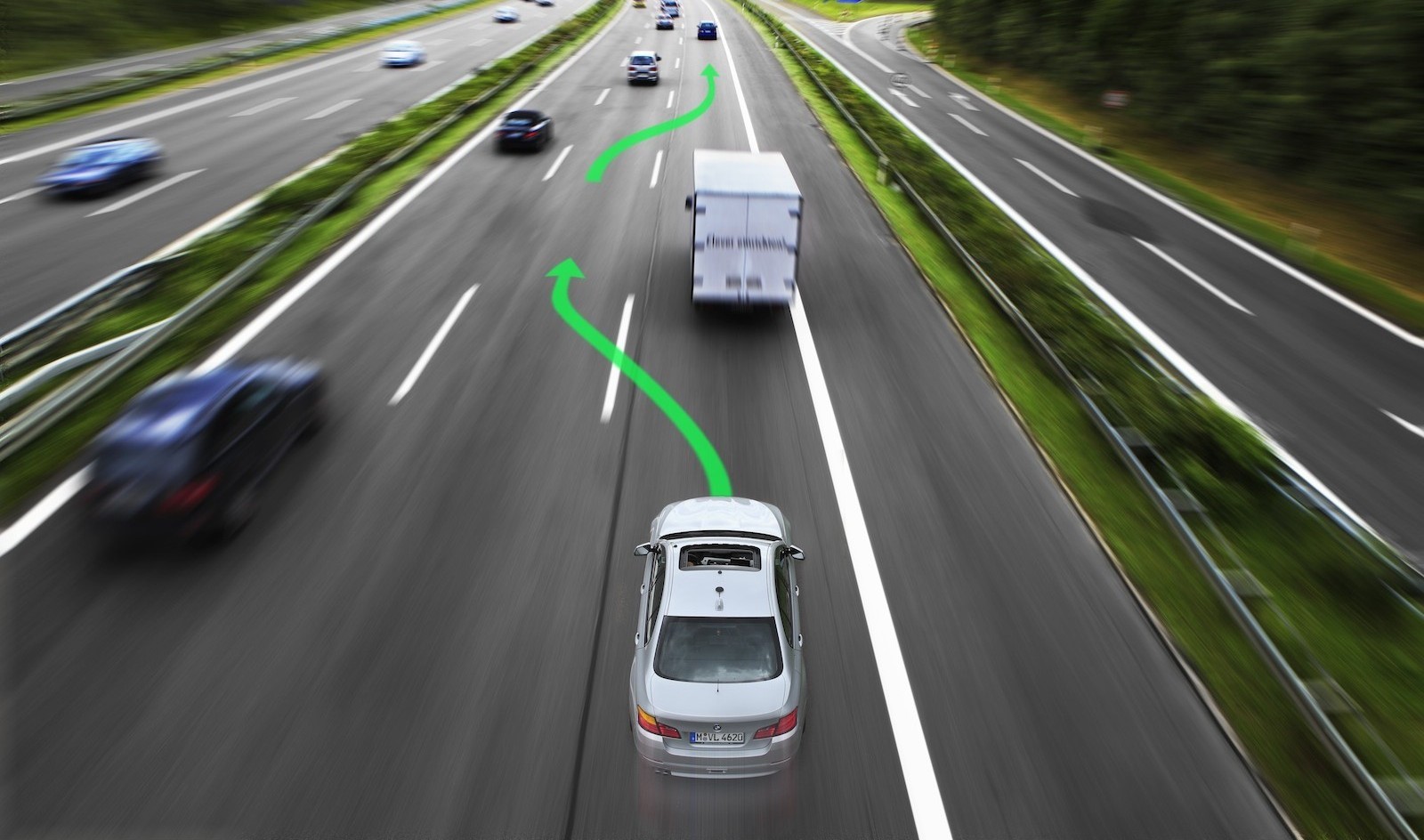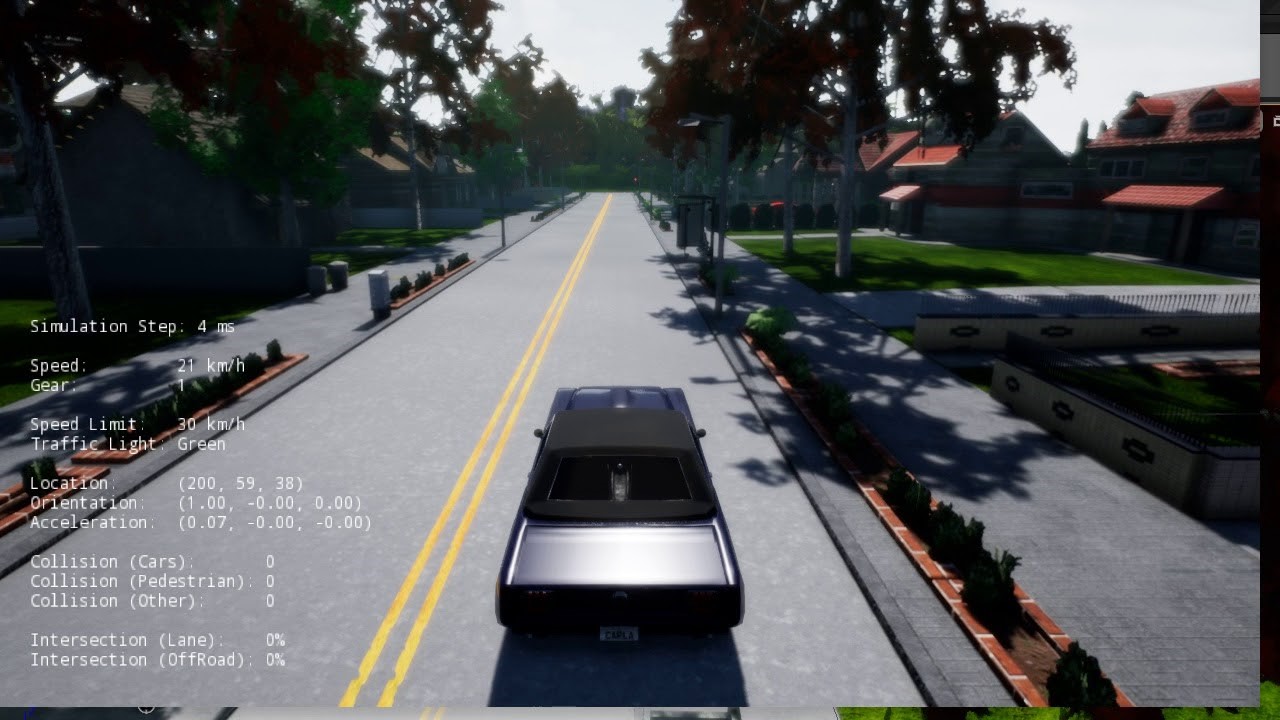The automotive industry is already seeing the widespread adoption of Level 0 to Level 2 Advanced Driver Assistance Systems (ADAS). These include features such as Lane Keeping Assist, Braking Assist, Blind Spot Indication, Adaptive Cruise Control and Parking Assist. With the transition from assisted driving to fully automated driving on the horizon, OEMs need to be prepared for Automated Driving levels 3 and beyond.
ReinData is a trusted partner for organizations looking to embrace this functionality. With our comprehensive expertise in integration, testing and Data analytics services.
We offer a comprehensive services, ranging from system design, testing, calibration and validation services. We create solutions help you make your ADAS and AD visions a reality. Let us help you for the future.

1. System Design Services for Assisted and Autonomous Driving
System engineering that focus on safety and Robustness.
The introduction of Assisted (ADAS) and Autonomous Driving (AD) technologies poses a wide range of challenges for OEMs. In order to keep up with industry adoption of these technologies they are being rapidly integrated across entire fleet portfolios. These challenges include finding flexibility in the components and features provided by multiple suppliers, and improving end-user driving performance.
ADAS represents a huge cultural change for drivers who are comfortable and familiar with conventional vehicle design. It is up to OEMs to deliver a drive and ride experience that offers safety and robustness to promote user acceptance.
To help OEMs and research institutes realize their goals and deliver industry grade products that meet market demands, ReinData provides a range of system design services, which covers everything from definition of use cases to sensor specifications, performance benchmarking and target setting for ADAS safety and comfort features.
From system design of assistance functions to new autonomous driving solutions our system services are many and varied. They include:
- System definition: feature concept including use cases, specification of function performances
- Target setting: competitor benchmark, key performance indicators and objective target criteria, market localization of performance targets
- System and functional requirements definition including system boundaries, traceability, sensor requirements
- Functional safety (ISO 26262): Functional safety concepts, item definition, hazard and risk analysis, failure mode analysis, technical safety concept
- SOTIF (ISO PAS 21448): Management of Safety of The Intended Function (SOTIF), function and system specification, SOTIF risk analysis, SOTIF verification and validation
- DVP definition: test plan definition for sub-system integration, system verification and validation regarding function and performance targets.
*We also provide System Design trainings for ADAS and Automated Driving that focus on safety and Robustness.


1. ADAS/AD Verification, Feature Calibration and Validation Services
Automotive technology is already becoming ubiquitous throughout the automotive industry, with most new vehicles already featuring some sort of assistance systems. This includes features such as adaptive cruise control, auto parking, blind spot assist, emergency braking and lane keep assist, and it is rapidly advancing into more complex functionalities.
At ReinData we provide end-to-end functional and performance verification, calibration, optimization and validation services. Our offering covers, Data Collection, complete feature testing in the lab (SiL, MiL, HiL), on the test track and real-world testing on public roads.

1. Data Collection & Analytics Services
Vehicle Data and sensor data is a pre requisite for the analysis and evaluation of the ADAS and Automated Driving functionalities.
ReinData helps in both physical data collection as well as analytics including sensor data annotation both 2D and 3D for Camera, Radar and Lidar sensors and KPI evaluation for the performance and robustness.
ReinData also helps with its own proprietary tool for KPI and robustness evaluation for the analysis and qualification of Environment model and perception layer.


